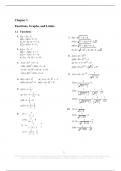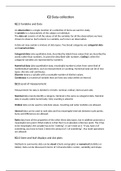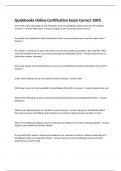Tentamen (uitwerkingen)
Solution Manual For Applied Calculus for Business, Economics, and the Social and Life Sciences 11th Edition By Laurence Hoffmann, Gerald Bradley, David Sobecki, Michael
- Vak
- Instelling
- Boek
Solution Manual For Applied Calculus for Business, Economics, and the Social and Life Sciences 11th Edition By Laurence Hoffmann, Gerald Bradley, David Sobecki, Michael
[Meer zien]






